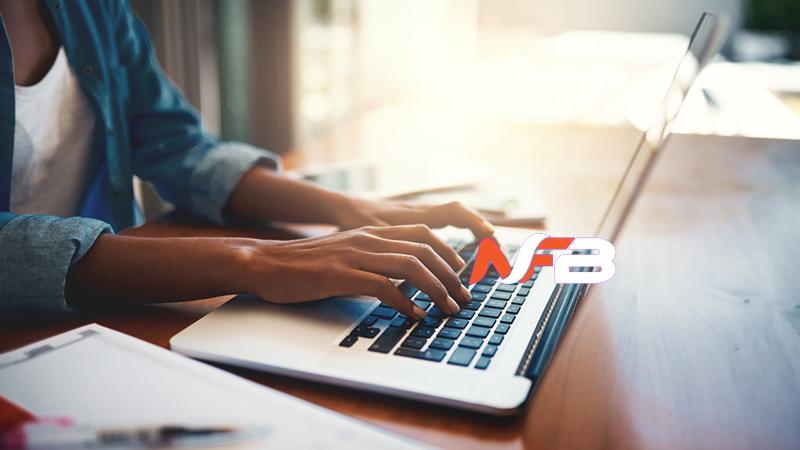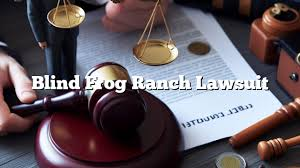Introduction
Bubble fonts, with their rounded and exaggerated letterforms, have long been associated with creativity, fun, and boldness. This type of typography is often used when designers want to convey playfulness, approachability, or a lighthearted vibe in their projects. You’ll commonly see bubble fonts in advertising for children’s products, in comic books, graffiti, or in branding that needs to stand out in a memorable way.
Bubble fonts are versatile, making them popular in both professional design and personal projects. Whether you’re creating logos, headlines, or even custom invitations, bubble fonts can add a unique touch that grabs attention. This guide explores the origins of bubble fonts, the various styles available, when and how to use them, and how you can create your own custom bubble font.
1. The History and Evolution of Bubble Font
Bubble fonts trace their roots back to graffiti culture and the pop art movement of the 1960s and 70s. Graffiti artists, looking for bold ways to tag walls, developed rounded, balloon-like letterforms to quickly make their marks with style and flair. These letters stood out from traditional graffiti because they were often colorful, exaggerated, and highly legible from a distance. The bubble font became a visual symbol of street art and countercultural expression.
As pop art gained popularity, bubble fonts also made their way into mainstream culture. By the 1980s, bubble fonts were used heavily in advertising and design, especially in media targeting children and young adults. The appeal was simple: bubble fonts conveyed fun, innocence, and creativity. Whether in comic books, toy packaging, or cartoons, the distinctive curves and bold lines of bubble fonts became a visual cue for playfulness.
In the digital age, bubble fonts continue to thrive, with designers using them in various contexts. Whether it’s a modern design with retro flair or a website that aims to connect with a youthful audience, bubble fonts remain popular for their timeless appeal. The transition from graffiti to branding and advertising shows how adaptable bubble fonts are in different visual cultures.
2. Different Types and Styles of Bubble Fonts
Bubble fonts come in a variety of styles, each with its own personality and applications. The most common version is the rounded bubble font, where the letters have soft, smooth edges and look inflated, like balloons. These fonts are perfect for children’s projects, birthday invitations, or brands that want to radiate friendliness. They work well in settings that call for approachability and informality.
Next is the chunky bubble font, which features thick, bold strokes that make the text look even more prominent and eye-catching. Chunky bubble fonts are often used in posters, headlines, and signage where the goal is to grab immediate attention. They convey a sense of boldness and fun while still maintaining the playful essence of bubble fonts.
Then there are outlined bubble fonts, which have hollow interiors and are outlined with thick borders. This style gives a lighter, more spacious feel while retaining the essence of bubble-like forms. Outlined bubble fonts are often used in creative logos, hand-drawn animations, and graphic tees.
Finally, modern 3D bubble fonts add depth and dimension to the classic style. With shadows, gradients, or layered effects, 3D bubble fonts appear to “pop” off the page. This style is especially popular in modern graphic design and web design, as it brings an extra element of visual interest and interaction.
3. Designing with Bubble Fonts: When and How to Use Them
Bubble fonts are ideal for specific kinds of projects where you need to infuse a sense of fun and creativity. Their versatility allows them to be used in everything from children’s book covers to branding for youth-centric businesses. For example, if you are designing a birthday invitation, a bubble font adds a playful touch that sets the mood before the event even begins. Likewise, for brands in the toy, food, or entertainment industry, using a bubble font can make logos feel more vibrant and approachable.
When incorporating bubble fonts into your designs, it’s important to maintain balance and readability. Since bubble fonts are often large and exaggerated, they can overwhelm other elements of your design if not used correctly. Consider pairing bubble fonts with more minimalist or geometric fonts for a balanced look. Use bubble fonts for headlines or short phrases, while using simpler, more traditional fonts for longer body text.
Color choices also play a significant role in making bubble fonts shine. Bright, bold colors work best with bubble fonts as they complement the playful shapes and help the typography stand out. Pastel colors can be effective if you’re going for a softer, more whimsical look. However, avoid overly complicated patterns or textures that may detract from the font’s natural readability.
Lastly, keep in mind that bubble fonts are most effective when used sparingly. Using too much bubble font in a single design can make it feel cluttered or overly childish. Use it to emphasize specific parts of your design, such as titles, logos, or focal points, while leaving other text elements in more straightforward fonts.
4. How to Create Your Own Bubble Font
If you’re looking to create a custom bubble font, you’ll need some design skills and the right tools. Fortunately, designing your own bubble font can be a rewarding process, especially if you want to inject your personal style into a project. To get started, you’ll need design software such as Adobe Illustrator or Procreate.
The first step in designing your bubble font is to sketch the basic letterforms. Begin by drawing oversized, rounded shapes for each letter. Keep the lines smooth and consistent to maintain the “inflated” bubble look. Once your sketches are complete, digitize them by tracing or scanning them into your design software.
When creating your bubble font, consistency is key. Each letter should feel like part of a cohesive set, so pay close attention to the size, stroke thickness, and curves of each letter. Many font creation tools, like FontForge, can help you generate a fully functional font file once your designs are ready. You can then export your bubble font and use it in any digital or print project.
Creating a custom bubble font allows you to experiment with different styles, whether you want a clean, minimalist bubble font or a detailed, ornate version. You can also add fun effects like shadows, gradients, or textures to make the font truly your own.
Conclusion
Bubble fonts remain a timeless and versatile typography choice for many creative and professional projects. Whether you’re evoking a playful tone for children’s branding or adding some bold flair to a digital design, bubble fonts provide a fun way to make your text stand out. With their origins rooted in graffiti and pop art, bubble fonts have evolved into a staple of both retro and modern design, showcasing their flexibility and lasting appeal.
Their different styles—ranging from rounded and chunky to 3D and outlined—allow designers to pick and choose based on the specific vibe they’re trying to achieve. By understanding how and when to use bubble fonts, as well as how to create your own, you can bring fresh, creative energy to any project.




